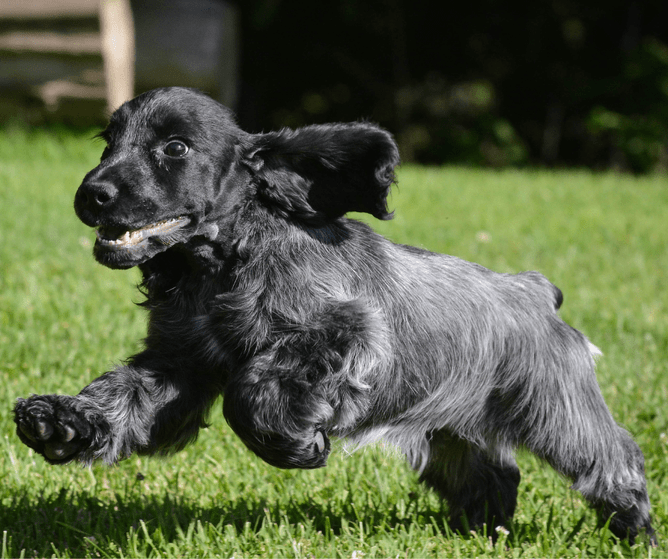Growth Plates and Puppy Exercise
Growth plates are the soft areas that sit at the ends of the long bones in puppies and young dogs. They contain rapidly dividing cells that allow bones to become longer until the end of puberty. In a developing puppy, bone formation begins in the centre and at each end of the growth plate. Gradually, the growth plates thin and close due to hormonal changes approaching puberty. In puppies, this closure is normally completed by approximately 18 months old. However, it can be earlier in smaller breeds. A puppy’s bones are also softer, not reaching their maximum density until after puberty.
As the growth plates and bones are soft, they are vulnerable to injury, so it makes sense to protect these areas in puppies, but how?
Exercising your puppy for 5 minutes per month of age is very common advice, however, is not based on any evidence. Teaching pet parents what to implement and what to avoid from a physics perspective is much more effective.
For example, appropriate exercise such as a gentle meandering sniff walk, free play (where a puppy can rest when needed while exploring) or careful exploration of safe surfaces, could safely go on for more than 5 minutes, whereas a puppy could do damage by racing around the yard and jumping off a retaining wall in under 1 minute.
The focus should be limiting high impact and uncontrolled exercise such as:
· Jumping from a height
· Sharp turns
· Repetitive exercise (ball chasing, long walks/hikes)
· Slipping on surfaces (polished floors/tiles)
· Climbing up and down stairs
It’s important to learn the signs of fatigue in your puppy when exercising. Reluctance to move or slower to respond to cues are some, but fatigue can also be displayed as over arousal such as fidgeting, jumping up/nipping. Young puppies often can’t self-regulate so we need to step in, give them a break and make sure they are safe. From a behavioural perspective, a young puppy’s mental capacity and ability to process the environment should be taken into consideration – we often see puppies not able to concentrate after about 20 minutes.
Lack of exercise can be just as big a problem. There is no evidence that appropriate, safe exercise causes damage to the growth plates of puppies. Movement helps bone tissue get stronger and exercise is essential for normal musculoskeletal development as gradual mechanical loading is required for the stimulation of bone growth and metabolism. Normal safe puppy play and exploration helps to develop muscle, ligament, tendon, bone, and cartilage strength as well as coordination and proprioception.
Using a controlled and mindful approach to exercise/exploration is what we recommend puppy parents focus on.
More reading:

